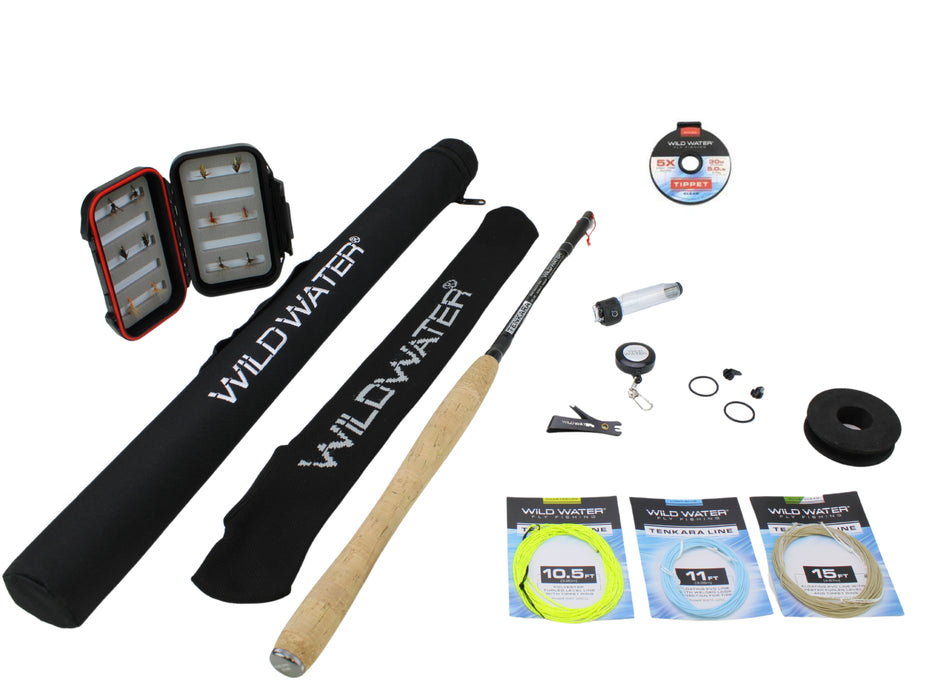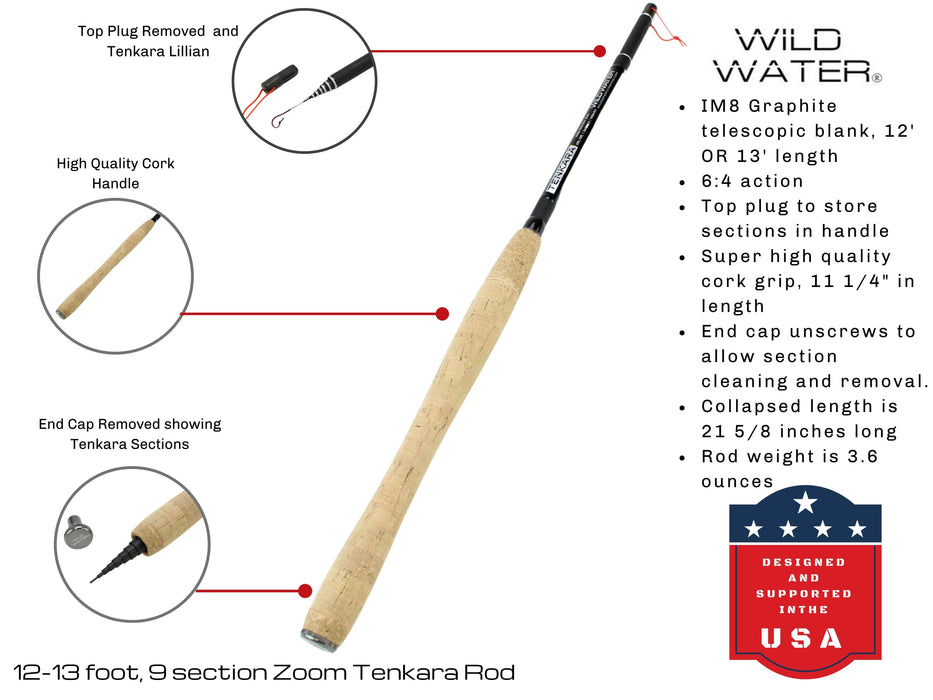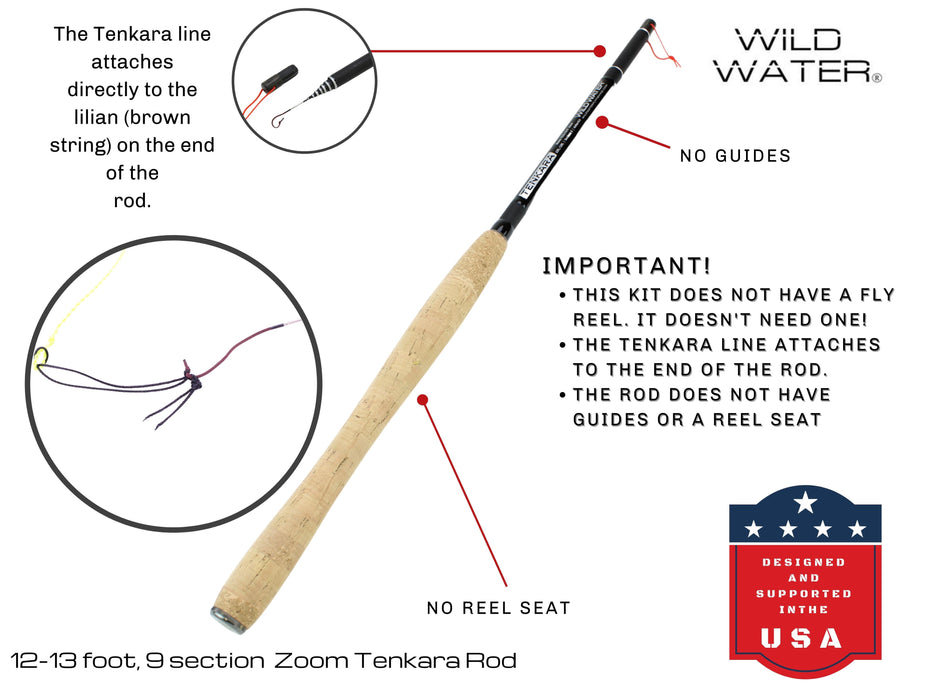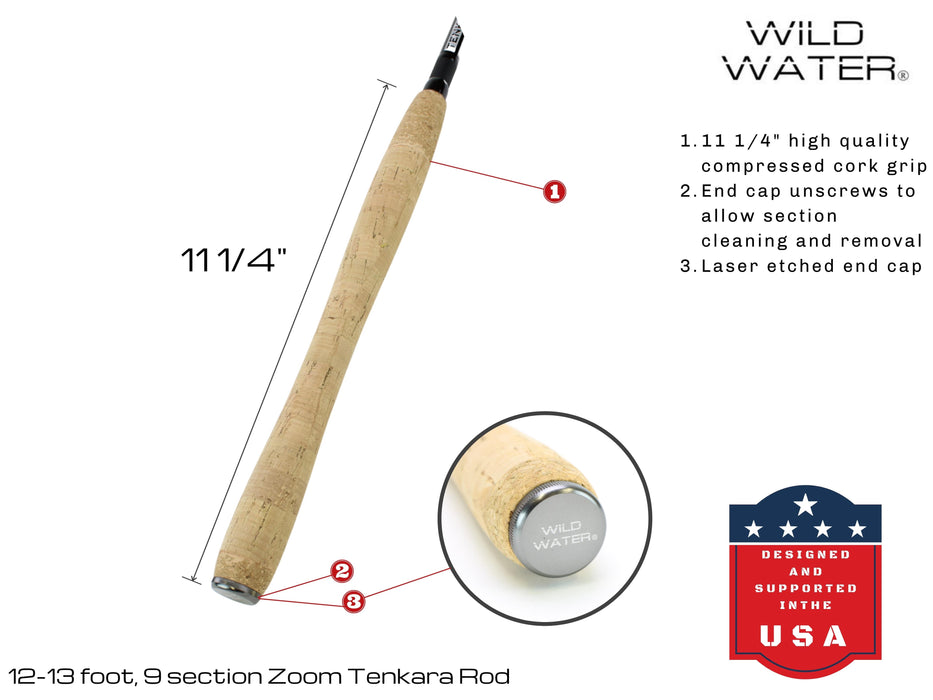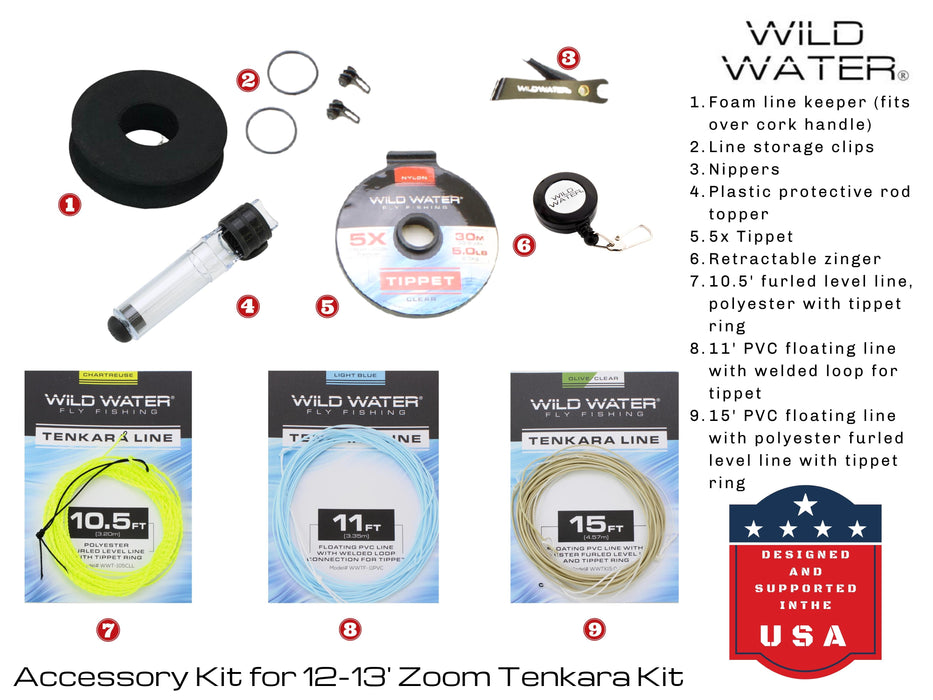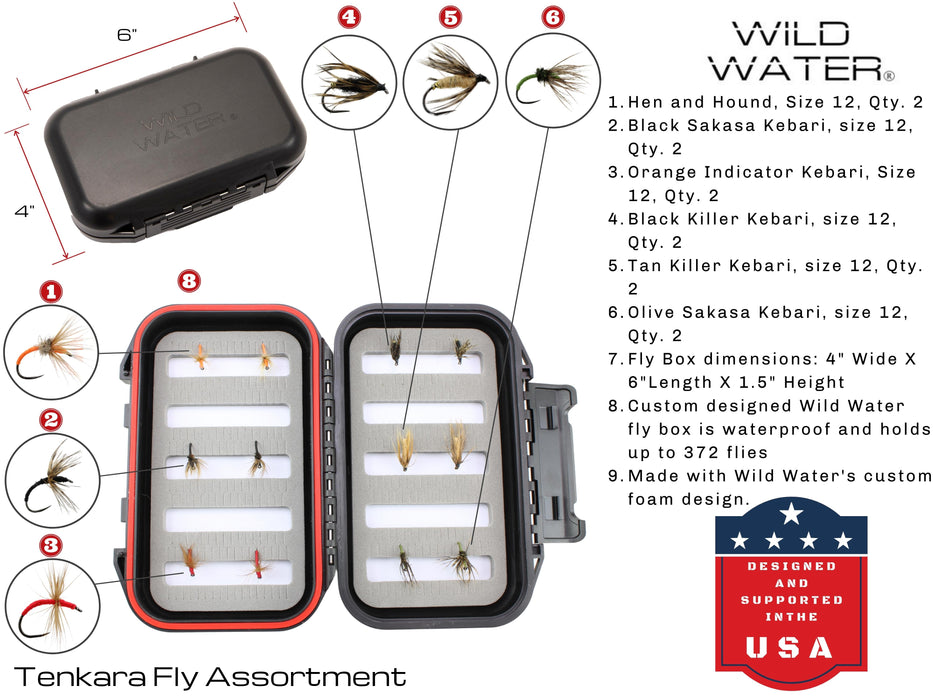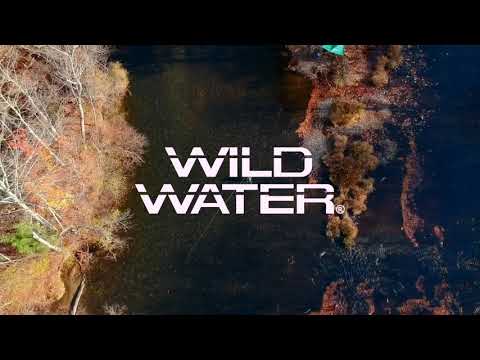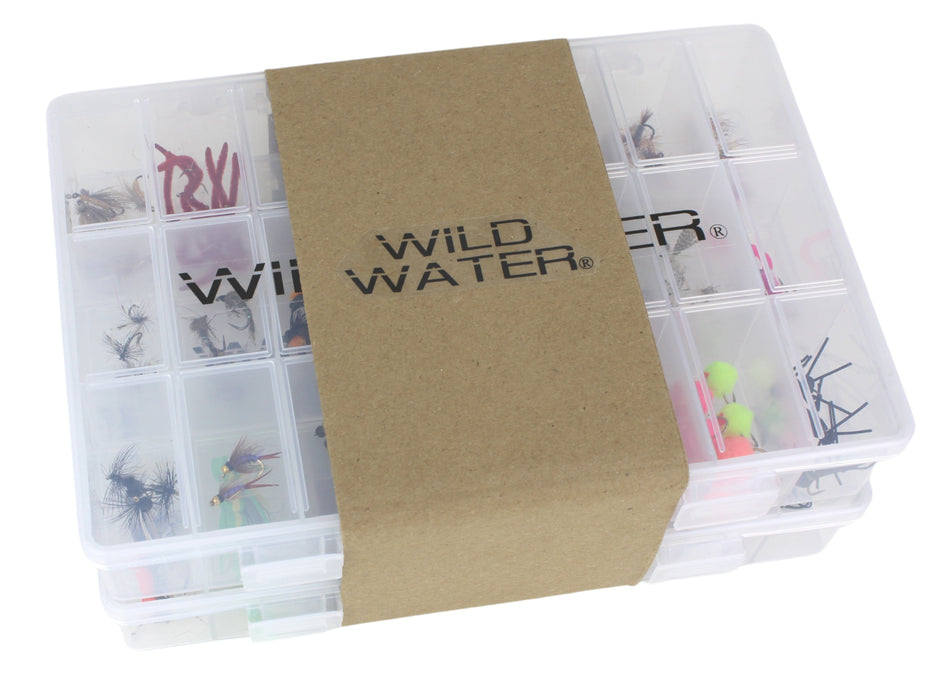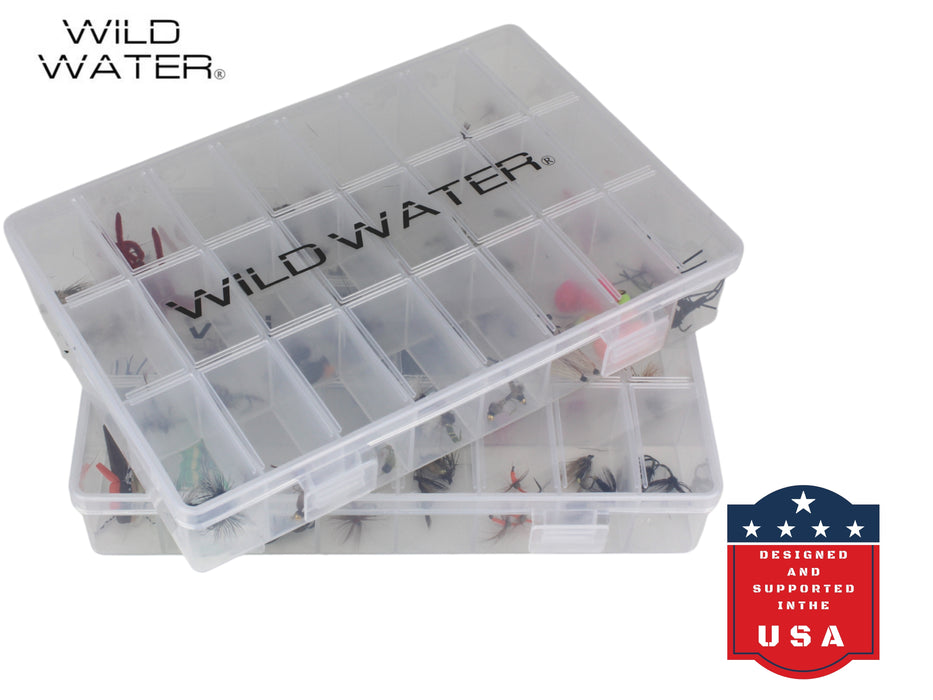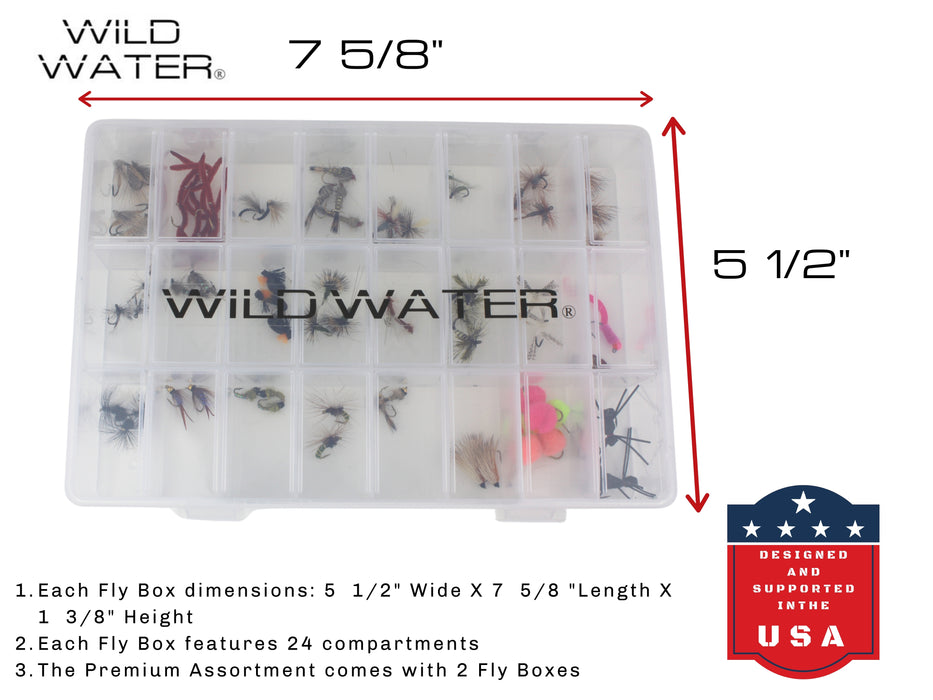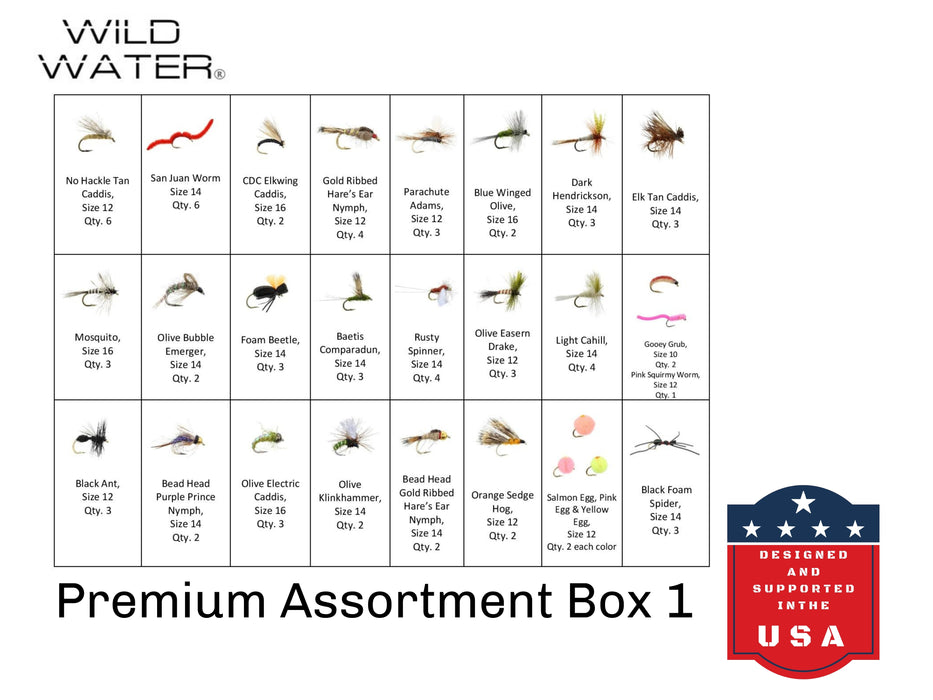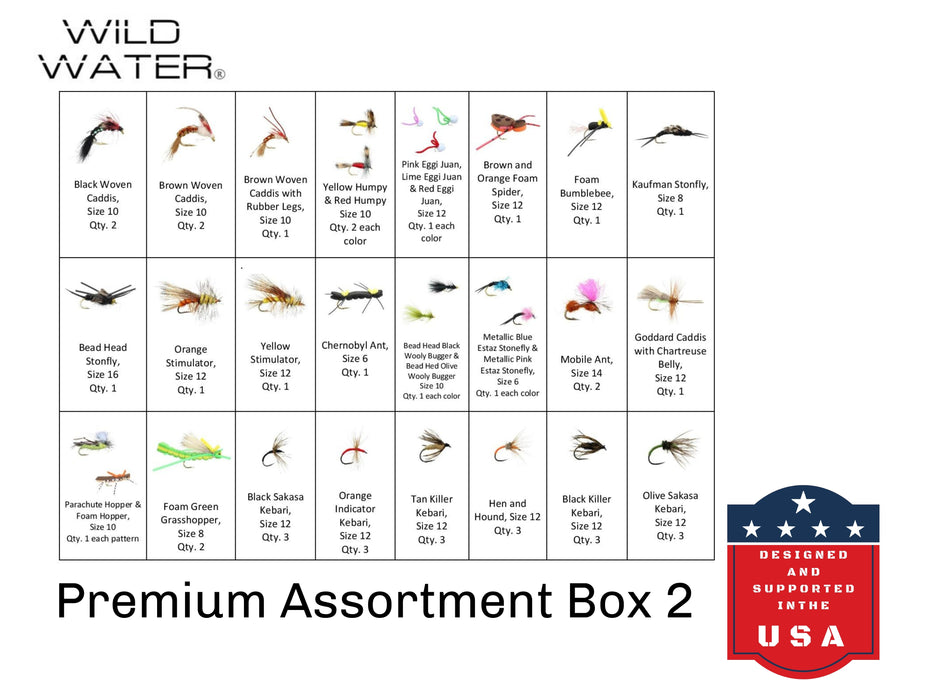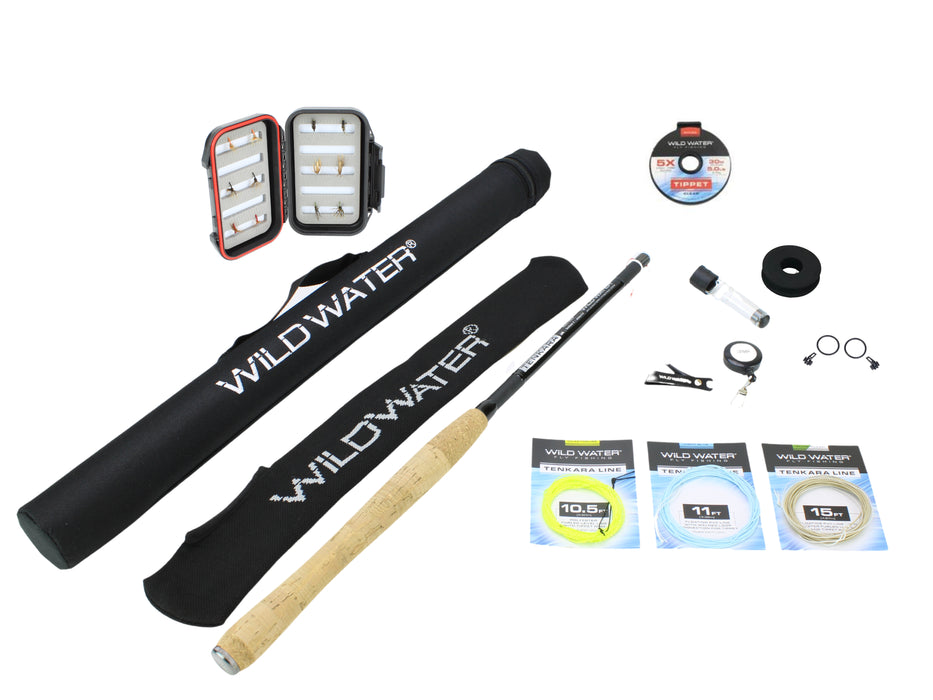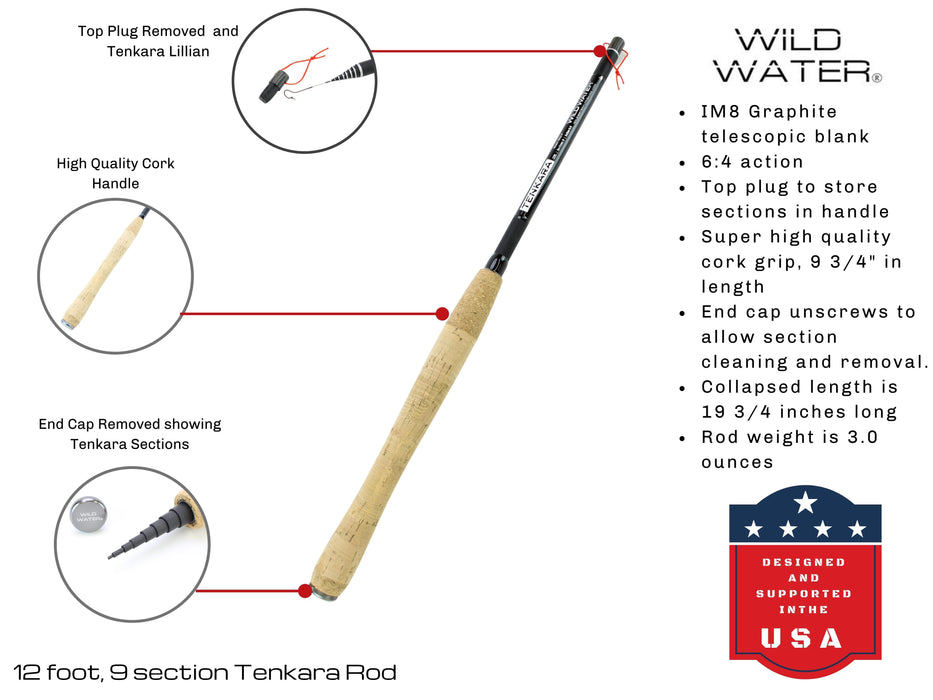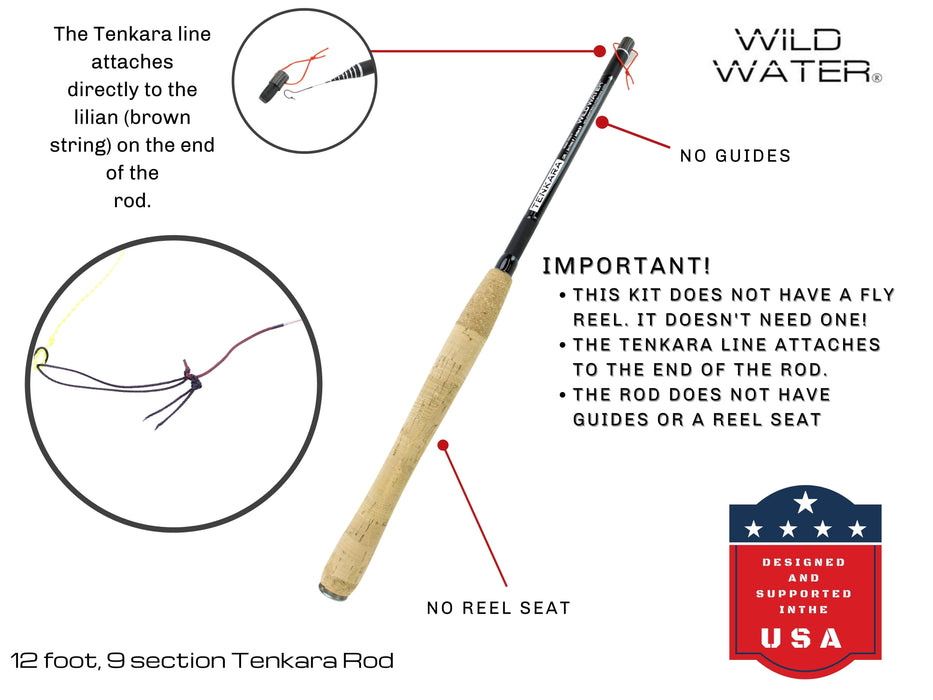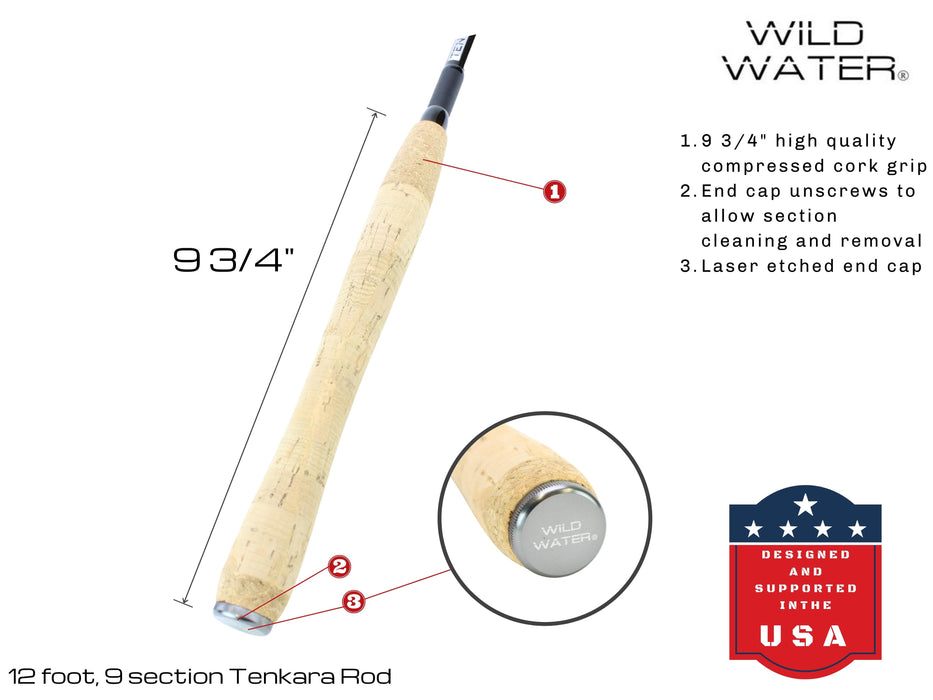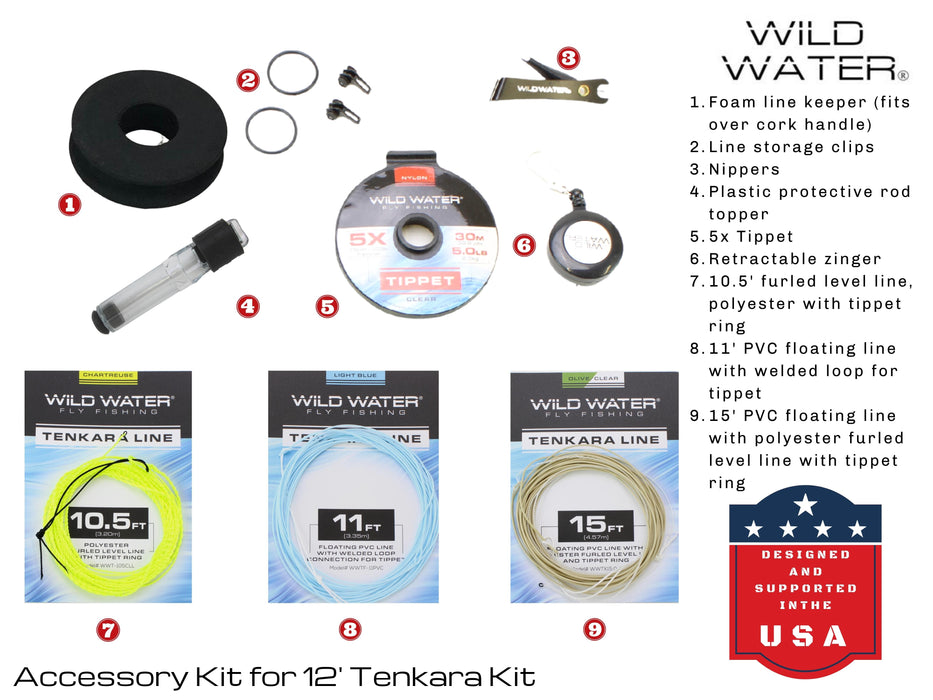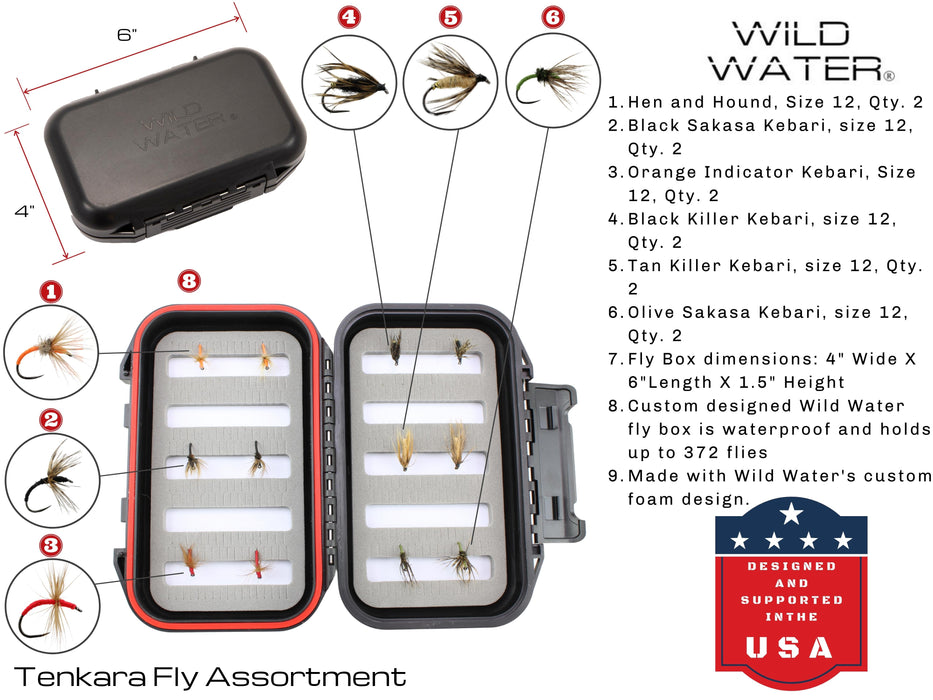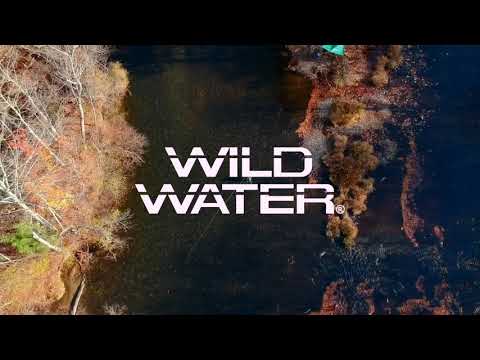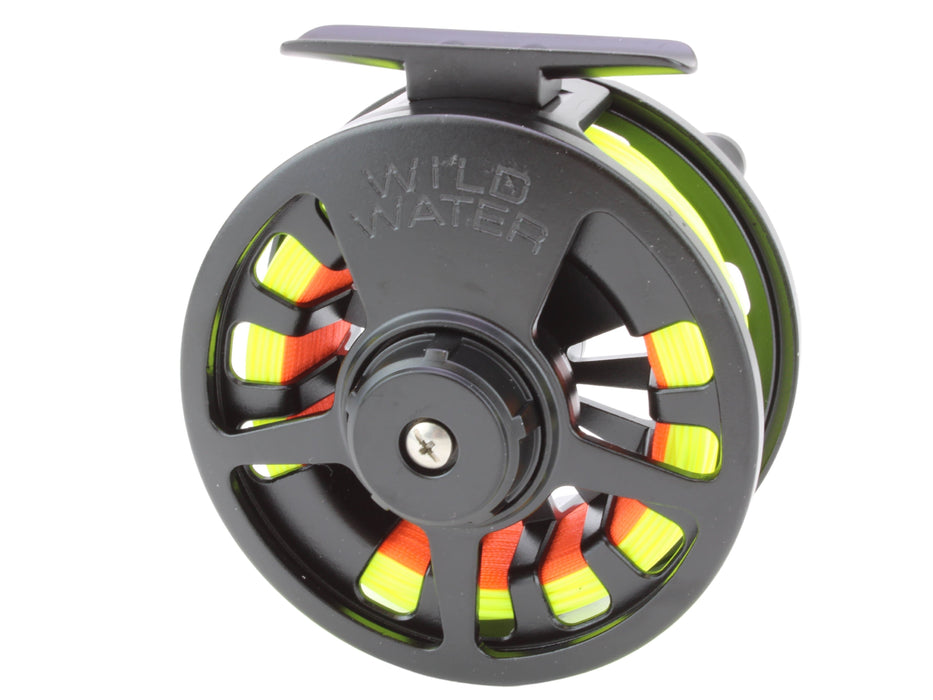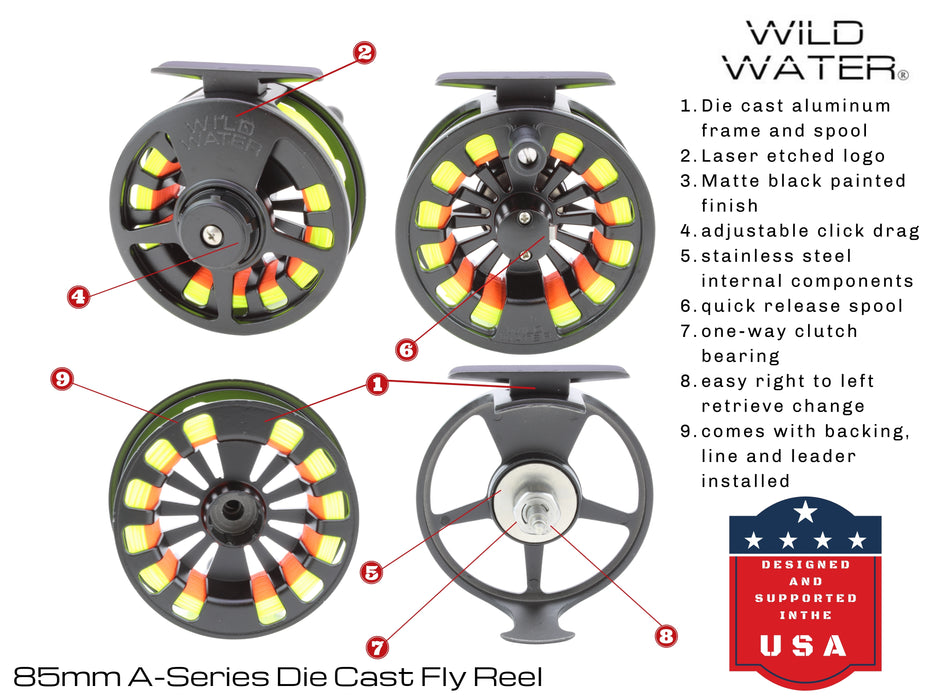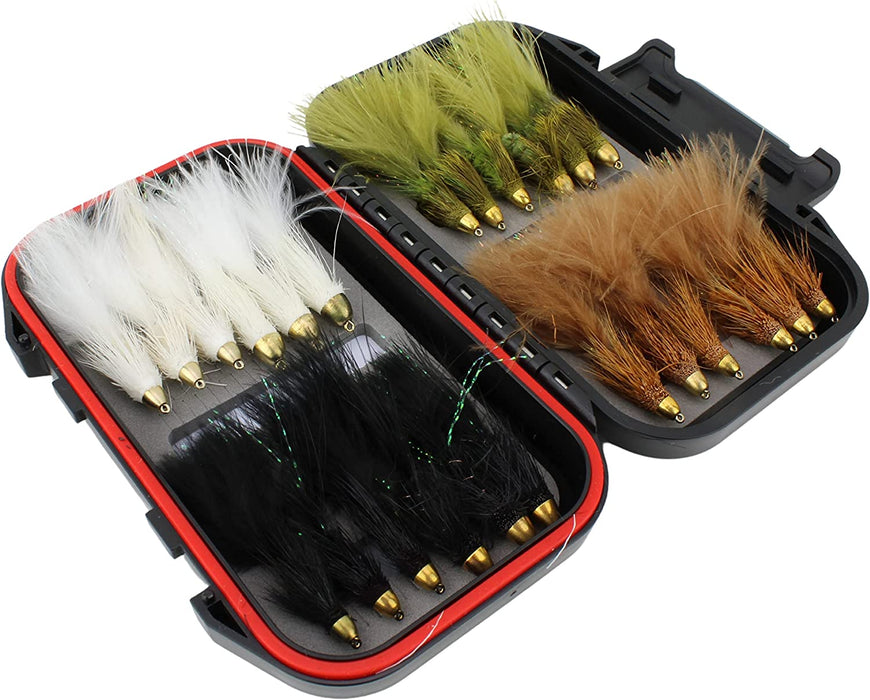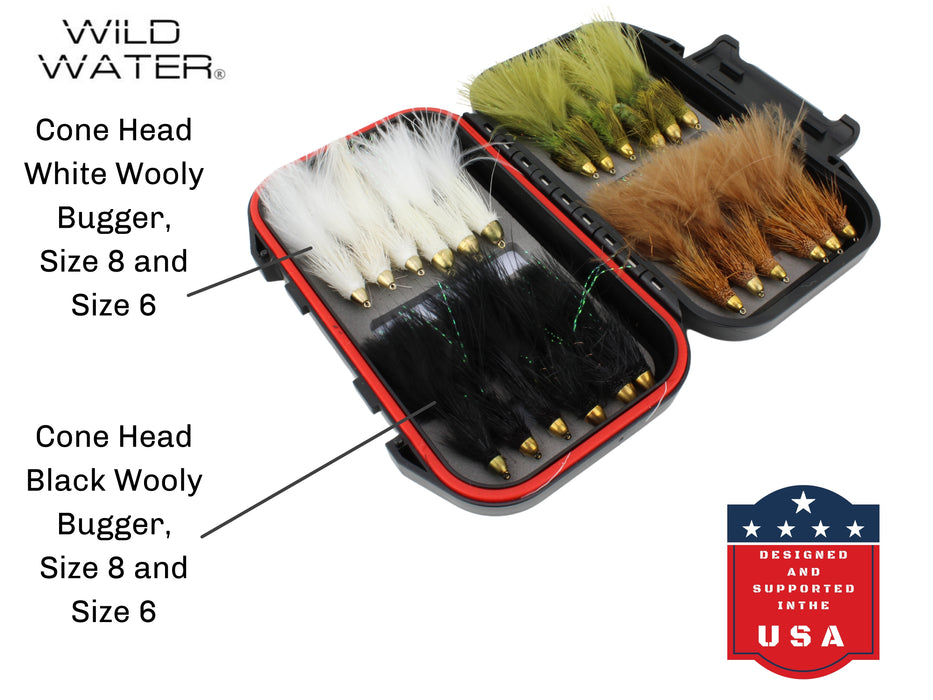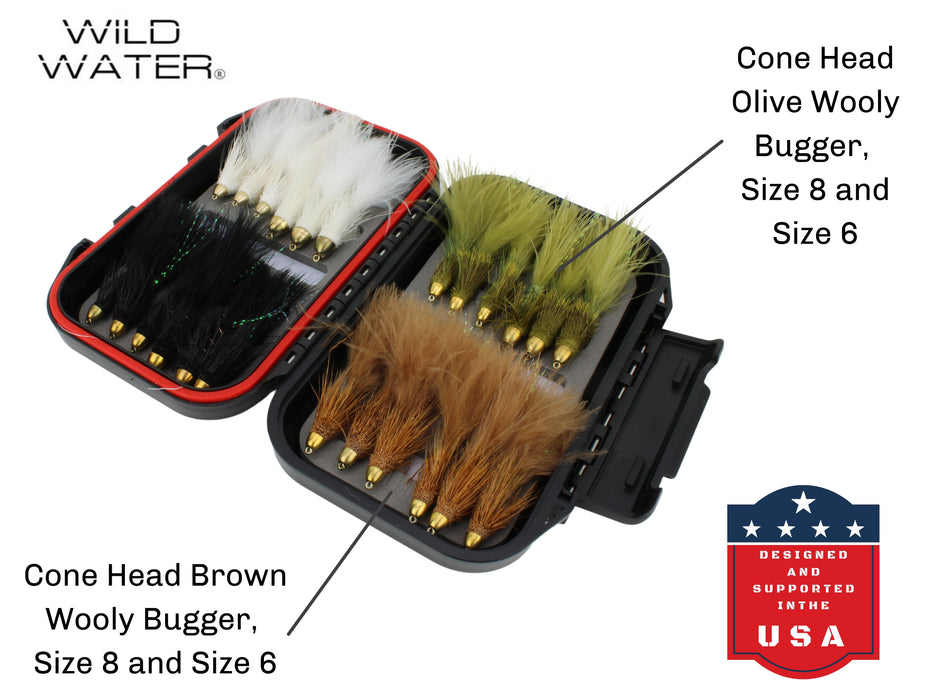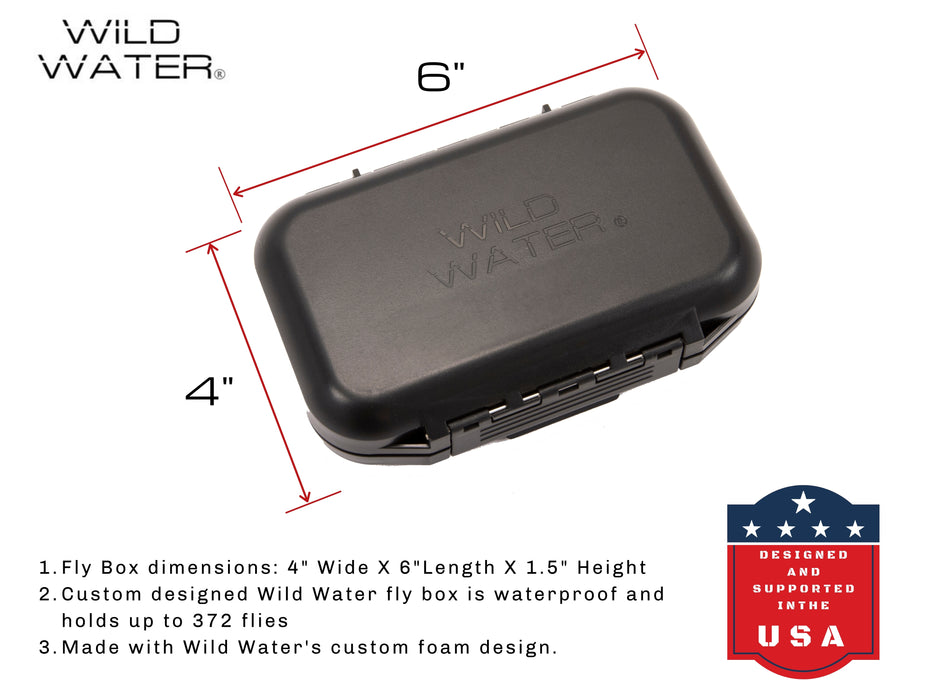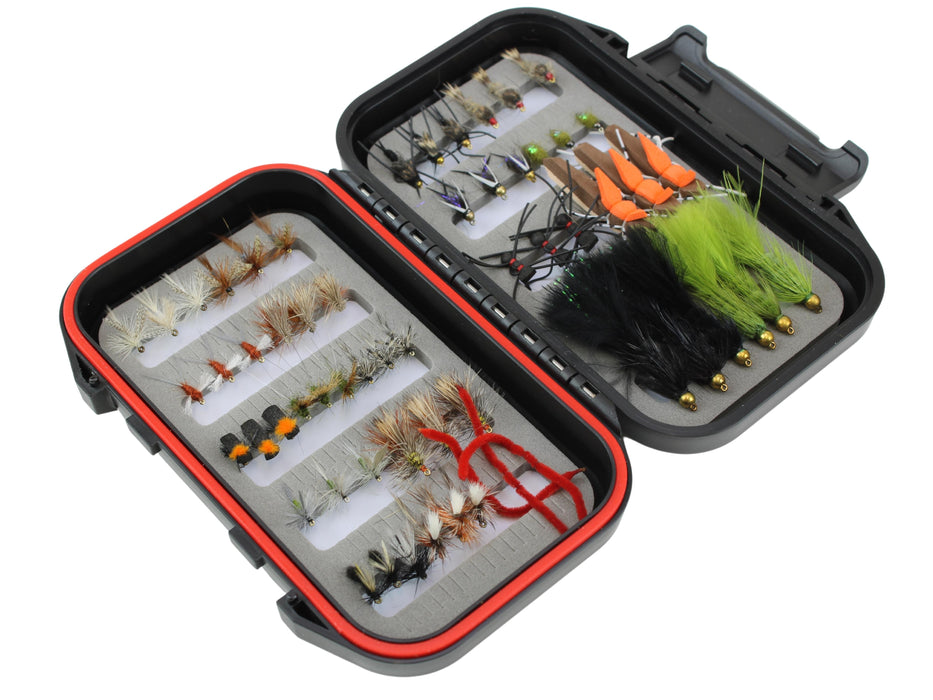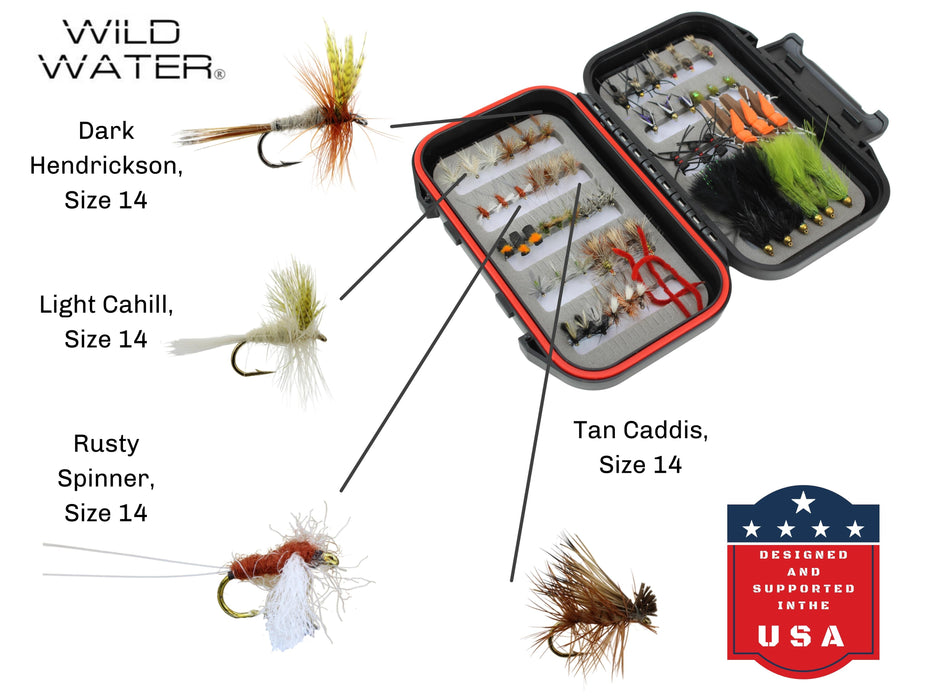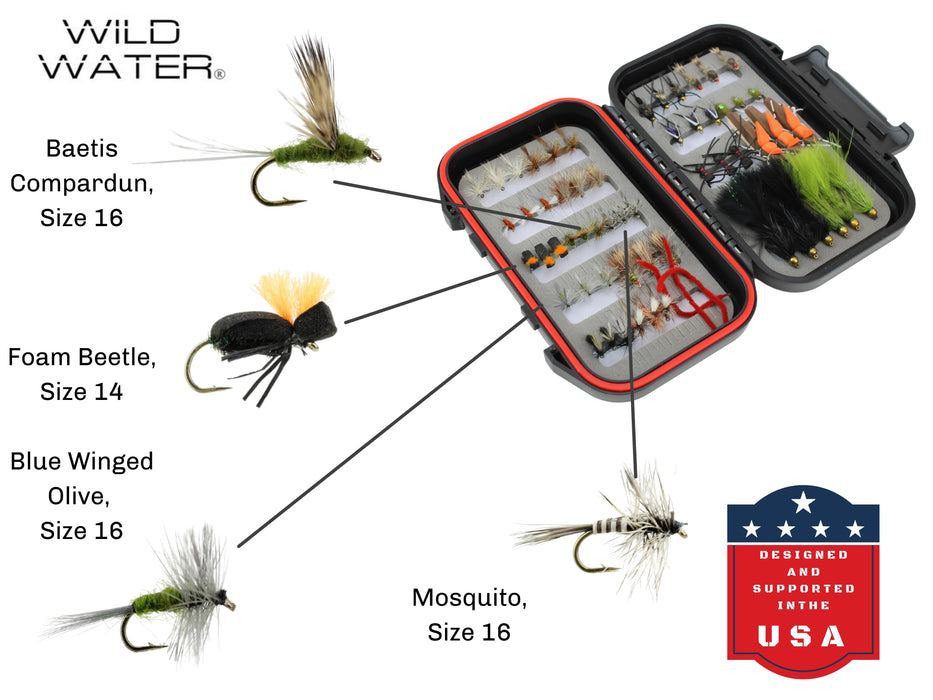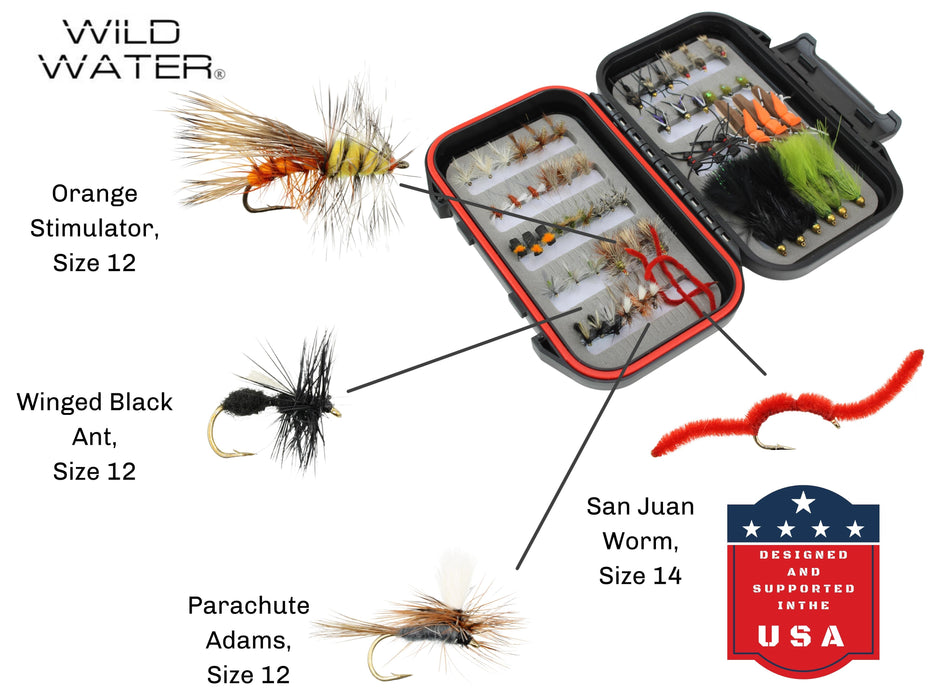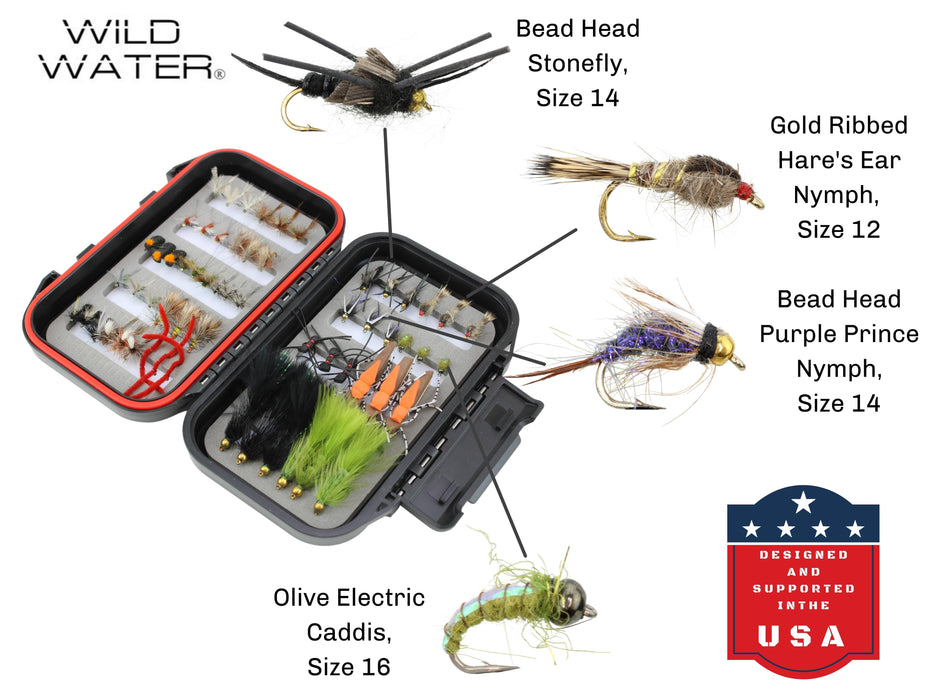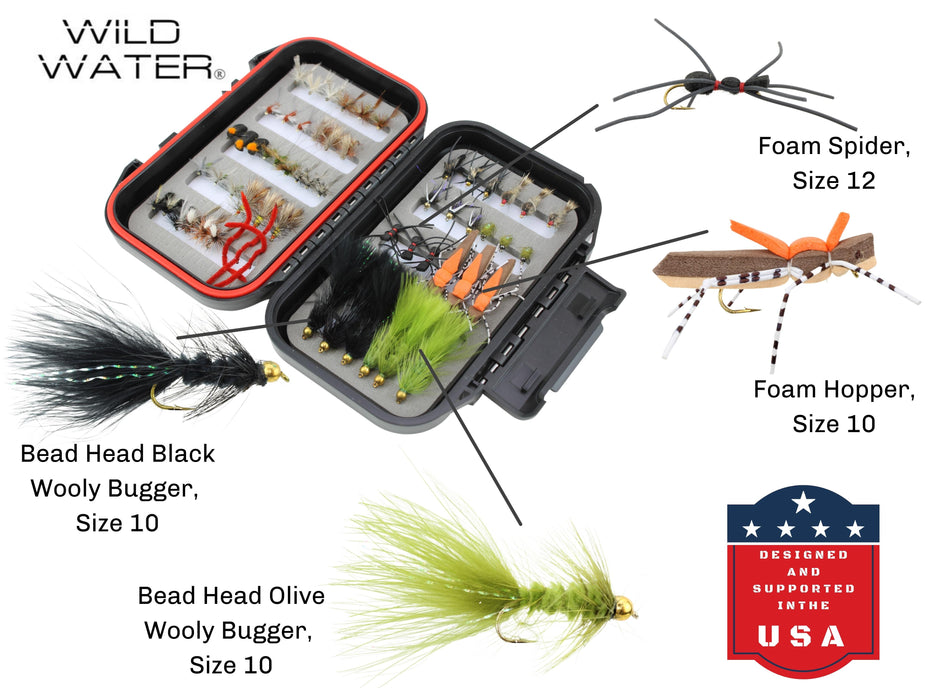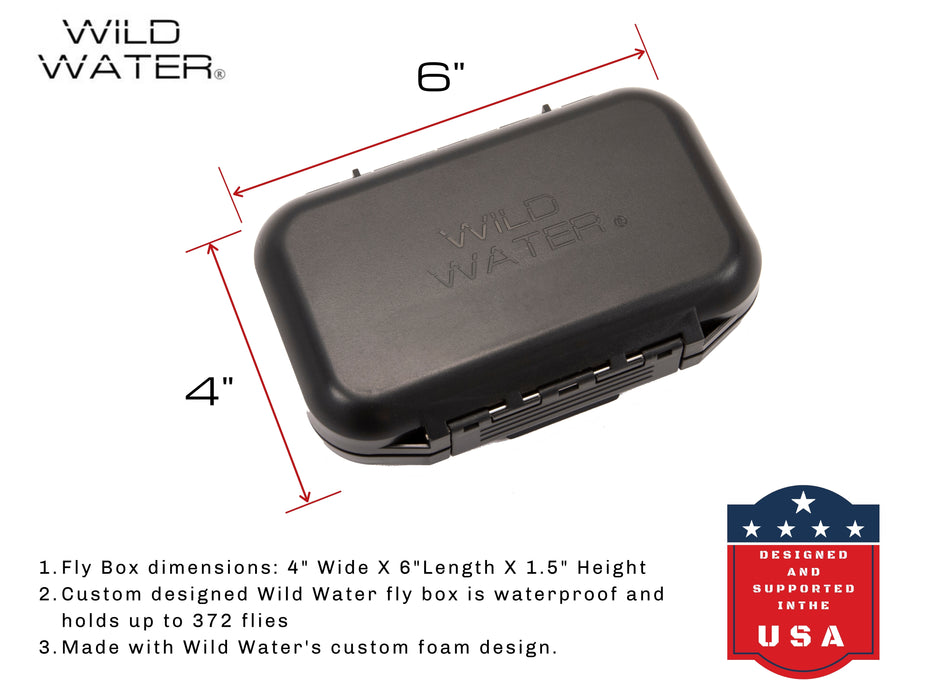When I visited Hawaii a few years back, it wasn't planned as a fishing trip...at least not there. I decided to stop over on my way to Christmas Island, where I'd spend a month chasing bonefish and Giant Trevally. The moment I landed at Lihue airport on Kauai, I realized there was just too much water here to pass up, and I had all my gear ready.
My girlfriend and I had just spent nine months in Alaska raising and spawning salmon, so she was looking forward to forgetting about fish for a while. Luckily, we were able to compromise: Hawaii offered quick fly fishing outings that didn't interfere with our plans. She got her beach time. I got to chase fish in Hawaii.
We spent most of our time on Kauai, with a few nights in Honolulu. Once we reached a beach or stream, we'd snorkel and explore together. I brought a rod everywhere, just in case there was some down time to throw a few flies. While the serious bonefishing had to wait for Christmas Island, we did spot some near Waikiki that gave us a glimpse into their world (they were in a marine park, off limits to anglers).
Bonefish: The Ghosts of Hawaii's Flats
Hawaiian bonefish are the most sought-after species for fly anglers, and these islands produce some of the largest specimens you'll find anywhere. The fishery here delivers quality over quantity. Each fish spotted has the potential to be the fish of a lifetime. Anglers call them "the ghosts of the flats" because these fish blend perfectly with sandy bottoms and spook at the slightest disturbance, making them extremely difficult to spot and approach.
Spotting bonefish is like trying to see a silver coin in a mirror. You know it's there, but your eyes need to adjust to the reflection and movement.
Our trip to Waikiki proved how well-camouflaged they can be. Once you see the first one, though, your eyes adjust and you know what to look for. Anglers target Hawaiian bonefish from a boat with a fly fishing guide who has a trained eye to spot the slightest movement or shadow on the flats. Once spotted, you'll have one or two chances to make a good cast and entice a strike, which, due to the difficulty, makes it extremely rewarding when you succeed.
When you hook one, be ready. These are powerful fish that tear across shallow flats at speeds that'll test your reel and tippet. Bonefish dig in the tidal flats for shrimp and crab, so your flies should imitate these food sources. Sizes 4-8 work well, with natural tan, brown, and pink patterns producing consistent results.
Browse our saltwater fly collection for proven bonefish patterns.
Best Bonefish Fishing Locations in Hawaii
Oahu offers accessible flats around the island, with some of the best sight fishing near Waikoloa and along the Kona Coast. Kauai provides less-pressured waters for anglers willing to explore. The flats around Oahu get crowded during peak tourist seasons, but early morning sessions (5-9am) and evening sessions (5-8pm) offer the best conditions and fewer anglers.
Tide matters significantly. The incoming tide brings bonefish onto the shallow flats to feed. Plan your fly fishing trips around the tide charts. The first two hours of the incoming tide produce the most action. This is when you'll see bigger fish moving into the shallows, and it's the best time of the year for targeting bonefish and trevally on the flats.
Saltwater Fly Fishing: Trevally, Barracuda, and Reef Species
You can catch many other saltwater fish by wading out and casting a baitfish fly. Find somewhere protected from heavy surf, because getting beat up by waves can get old after a while. The best part about fishing Hawaiian reefs is you never know what you might catch.
A variety of reef fish and larger predators like barracuda, Giant Trevally, triggerfish, jacks, and snappers patrol these food-rich environments. Giant Trevally and barracuda are apex predators that chase baitfish into the shallows, timing their feeding with the tides. I've seen Giant Trevally so big in such shallow water their backs were sticking out. Other, smaller trevally species like Golden Trevally and Bluefin Trevally are more common but no less impressive. All types of trevally have great colors and fight hard.
Recommended Saltwater Flies for Hawaii
For targeting bonefish and trevally:
- Crazy Charlie (tan, pink, brown) in sizes 4-8
- Gotcha (pink, tan) in sizes 4-6
- Clouser Minnow (chartreuse/white, tan/white) in sizes 2-6
- Deceiver patterns (white, blue/white) in sizes 2/0-4 for bigger fish
Gear for Hawaii saltwater fly fishing:
- 8wt rod for bonefish and smaller trevally
- 9-10wt rod for Giant Trevally and bigger game fish
- Weight-forward (WF) floating line
- 9-foot fluorocarbon leaders (12-20 lb test depending on species)
- Saltwater reel with strong drag system
Bottom fishing and blind casting work when you can't spot fish. Wade carefully across sandy beaches and reef edges, strip your fly in short pulls, and be ready for explosive strikes. The surf makes presentations tricky, so focus on protected bays and inside reef areas where the water stays calmer. This guided fly fishing approach works well for inshore species throughout the Hawaiian islands.
Shop saltwater fly fishing kits designed for tropical species.
Freshwater Bass Fishing: Peacock Bass and More
Hawaii offers multiple bass species in freshwater, including peacock bass on Oahu and Kauai. Hawaii and southern Florida are the only places in the United States where this specific species is found (South America is their native habitat). Pound for pound, peacock bass have a reputation as one of the hardest fighting fish in the world.
You'll find them in rivers and lakes. Because they're aggressive predators, small baitfish flies work best. Streamers in sizes 2-6 (Clouser Minnows, Deceivers, and Woolly Buggers in chartreuse, white, and black) consistently produce strikes. The smallmouth and largemouth bass fishing is excellent too, especially in deeper water near structure. Check out our bass fly fishing kits for the right setup.
Trout Fishing in Hawaii: Waimea Canyon
Hawaii offers trout fishing in exotic locations. You won't catch the largest specimens, but you'll do it in one of the most beautiful settings on earth. I recommend checking out Waimea Canyon on Kauai, which locals call "The Grand Canyon of Hawaii." The views alone make this a worthwhile destination.
You'll need to drive down into the canyon to find the fish, but take in the sights from the rim first. The roads are rough, and if it has rained recently, they're extremely muddy. We made the mistake of trying to take our rental Corolla down into the canyon. About a quarter mile in, the sedan was sliding sideways in the ruts. I had to reverse uphill for fifteen minutes while my girlfriend got out and walked. She wasn't thrilled. We came back the next day with a proper 4WD and made it down without issue. Learn from my mistake: rent the truck.
In the headwaters, you'll find small rainbow trout that eagerly take a dry fly or nymph. The trout aren't native to the island. While some anglers report potential self-sustaining populations in certain remote streams, the primary fishery relies on annual stocking in Pu'u Lua Reservoir. Stream fishing has been challenging since direct stocking was discontinued in 1992. Some of the other Hawaiian islands (Maui and the Big Island) also have trout populations. Check regulations and seasons before you fish.
Recommended trout flies for Waimea Canyon:
- Parachute Adams (sizes 14-16)
- Elk Hair Caddis (sizes 14-16)
- Pheasant Tail Nymph (sizes 14-18)
- Small terrestrials (ants, beetles) in sizes 14-16
Our dry fly assortment includes all these essential patterns.
Best Time to Fly Fish in Hawaii
Hawaii offers year-round fly fishing, with spring and fall producing the most consistent action. Each species behaves differently depending on the season and water temperatures. Winter (December-February) is the slowest time. My visit was in January and I still caught fish around the reefs, but action was slower than spring or fall conditions.
Seasonal Fishing Guide
| Season | Best Species | Water Temp | Prime Time |
|---|---|---|---|
| Spring (Mar-May) | Bonefish, Trevally, Bass | 75-80°F | All day |
| Summer (Jun-Aug) | Reef species, Bass | 80-85°F | Early/Late |
| Fall (Sep-Nov) | Bonefish, Trevally, All species | 75-82°F | All day |
| Winter (Dec-Feb) | Reef species, Bass | 72-78°F | Midday |
Spring and fall offer the most consistent action across all species. Water temperatures stay comfortable for bonefish (75-82°F), trevally remain active in the shallows, and bass fishing peaks. Summer brings warmer water and more tourists, but early morning and evening sessions still produce. These are world class fly fishing conditions for the biggest bonefish in the Hawaiian island chain.
Weather-wise, no matter the time of year, make sure you bring sunscreen. Winter and spring bring more rain showers. They're intense but don't last long and stay very localized. Pack light rain gear and plan around the showers.
Planning Your Hawaii Fly Fishing Trip
For the best fly fishing experience in Hawaii, consider these tips:
Hire a fly fishing guide for your first day. Guides know where fish hold, understand tide movements, and can spot fish you'd walk right past. They can also teach you proper casting techniques for saltwater conditions and help with fly selection based on current conditions. A guided fly fishing trip saves hours of trial and error. This fishing guide service is especially valuable for challenging bonefish on the flats. Expect to pay $400-600 for a half-day guided fishing trip targeting bonefish, or $600-900 for a full day.
Bring versatile gear. An 8wt rod handles bonefish and reef species. A 9-10wt rod is better for Giant Trevally and deep sea fishing near shore. Pack both if you have room. Make sure you have a quality rod and reel combo that can handle powerful fish in saltwater conditions.
Explore multiple islands. Oahu offers the most accessibility and fishing guide service options. Kauai provides less pressure and stunning scenery. The Big Island (Hawaii Island) gives you options from Kona to the northeast coast. Maui sits somewhere in between, with great fishing and tourist infrastructure. Each island in this island chain offers unique fly fishing experiences.
Time your trip around the tides and moon phases. New and full moons create stronger tides that push bonefish and trevally onto the flats. Check local tide charts and plan your fishing around incoming tides. The coastline changes dramatically with different tides, opening up new fishing opportunities.
Fly Fishing in Hawaii FAQs
What fish can you catch fly fishing in Hawaii?
Bonefish, Giant Trevally, Golden Trevally, Bluefin Trevally, barracuda, triggerfish, jacks, and snappers in saltwater. In freshwater: peacock bass, largemouth bass, smallmouth bass, and rainbow trout (Waimea Canyon on Kauai). Milkfish are also present in some locations. Each Hawaiian island offers different fishing opportunities depending on habitat and time of the year.
Do I need a fishing license in Hawaii?
Yes, you need a Hawaii freshwater fishing license for streams and lakes. Saltwater fishing does not require a license for recreational anglers. An angler can purchase freshwater licenses online through the Hawaii Department of Land and Natural Resources. This applies whether you're fishing inshore, on the reef, or from white sand beaches.
What's the best island for fly fishing in Hawaii?
Oahu offers the most fly fishing guide services and accessible flats for bonefish. The flats around Oahu, particularly near Kawaihae, Puako, and Kiholo, provide excellent sight fishing opportunities. Kauai provides less fishing pressure and stunning scenery at Waimea Canyon. The Big Island (Hawaii Island including Kona Coast State Park) has diverse fishing from Kona to Hilo. Maui offers good access and conditions.
When is the best time to fly fish for bonefish in Hawaii?
Spring (March-May) and fall (September-November) offer the most consistent bonefish action. Water temperatures stay ideal (75-82°F) and weather patterns are more stable. Fish the incoming tide during early morning (6-10am) or evening (4-7pm) for the highest success rates. Avoid the middle of the day when fish move to deeper water to escape the heat and bright sun. This is when you'll see the largest bonefish moving onto shallow flats.
Conclusion: More Than Just Beaches
Laying on a beautiful sand beach, enjoying the sunshine and a drink is reason enough to visit Hawaii. But if you're looking for something different, fly fishing adds another dimension to your trip. Whether you're sight fishing for bonefish on the flats, casting to reef predators from a sandy beach, or hiking into Waimea Canyon for mountain trout, Hawaii offers fly fishing experiences you won't find anywhere else.
The Hawaiian islands combine world class fishing with stunning scenery and comfortable weather. You can fish in the morning, snorkel in the afternoon, and watch the sunset with a plate of fresh fish. That's a vacation worth taking.
Hawaii fly fishing creates memories that last generations. Teach your kids to spot bonefish and they'll remember that first tail sighting for life. Watch them hook their first peacock bass and see the same excitement you felt decades ago. These aren't just fishing trips. They're the foundation for family stories that get told at every gathering for the next thirty years. The fly fishing experience here, from Hapuna to A-Bay, from Mauna Kea to H-Harbor, offers something special you won't find anywhere else in the United States.
If you're ready to plan your Hawaii fly fishing adventure, check out our saltwater fly fishing gear to get equipped for tropical species. Browse our complete fly fishing kits to find the perfect setup for your Hawaii adventure.





